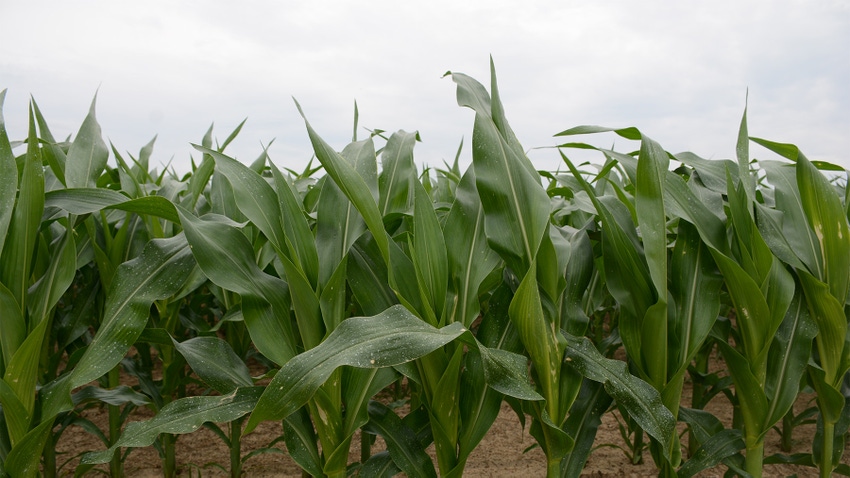
The first question John Mueller gets when it comes to nematodes, is ‘how can such a tiny critter cause so much damage?’ After all, the typical nematode is only a millimeter long.
“The reason they can do so much damage is because there are so many of them," Mueller, professor of plant pathology at Clemson University said at the South Carolina Corn and Soybean Growers annual meeting at the Santee Conference Center in Santee Dec. 14.�
“They come in immediately, as soon as you plant. They get on the growing point because that’s where the maximum nutrients are in a corn plant, and they feed there, and they stunt those plants. And the corn plant is up against it from day one.”
Nematodes to watch for
Among the nematodes South Carolina corn farmers need to watch out for are the Stubby Root nematode, the Columbia Lance nematode, the Lesion nematode, and the Root Knot nematode. Of these varieties, the Columbia Lance nematode is the most common species found in South Carolina, Mueller says. The Root Knot nematode is the least worrisome, although it can cause damage.
“At least a third of our fields have Columbia Lance nematodes. Lesion nematode is our least known about nematode. There are lot of Lesion nematodes in these fields, and I think they are causing as much damage as the other nematodes are causing,” Mueller said.
The Sting nematode is a particularly fearsome foe. Mueller notes that it takes 100 Columbia Lance nematodes to cause damage to a corn crop, but just four Sting nematodes to cause harm. He explains that the Sting nematode is four to five times longer than the Columbia Lance nematode.
Mueller said the key to nematode control in corn is good rotations. Farmers should not grow corn two years in a row on the same land. Mueller said the same rings true for nematode control in soybeans, which shouldn’t be planted year to year on the same land.
Nematicides
There are two nematicides, Counter and Velum, which can be used in corn. Mueller said these are effective in some places but don’t provide efficacy on a consistent basis. While both products are worth trying, he stressed that soil sampling is a must to ensure nematodes are your problem.
Mueller said when corn is rotated with soybeans, Soybean Cyst nematodes and Reniform nematodes won’t build up in your corn. He stressed that Soybean Cyst nematodes need to be managed in soybeans, and the best strategy is to plant a resistant soybean variety. He said the seed companies do offer a few nematode resistant soybean varieties, but you need to turn to the company literature to find them.
About the Author(s)
You May Also Like






